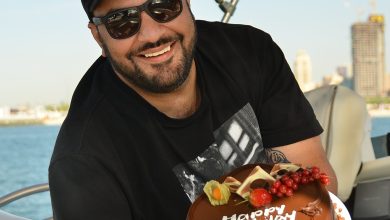5 Hidden Roman Ruins Across the European Cities

Introduction
At its peak, the Roman Empire was vast and sprawling. As a result, there are impressive Roman ruins scattered across Europe, North Africa, and the Middle East. They include large Roman cities, Roman additions, small outposts and temples as well as ancient Greek cities. The following list includes the hidden Roman ruins across the European cities.
There are many places where you can still see remnants from ancient Rome. Some of these sites are UNESCO World Heritage Sites. These ruins are notable for their size and detail or for being significant for another reason.
Roman Ruins Across Europe – What Should You Know?
It doesn’t come as a surprise that we come across Roman Ruins all over the world. Romans had first ever empire in the world that covered most of European, North African and Middle Eastern territories. While there are some of the best-known Roman Ruins in Italy, like Colosseum or Roman Forum, many of the Roman landmarks in other European cities stay under the radar.
But not anymore! Here is the list of the European cities that houses some of the best-preserved Roman Ruins till today.
Pula Arena, Pula, Croatia

Pula Arena is a unique and impressive Roman amphitheater found in Pula, Croatia. It is one of the best-preserved examples of an ancient Roman amphitheater still in existence today. The arena was built during the 2nd century AD and used until about 500, AD, when it fell into disrepair.
The arena’s impressive size and grandeur make it a popular tourist destination, which means that it has been restored to its former glory in recent years by a team of experts who have worked hard to preserve its beauty for visitors to enjoy today.
Conimbriga, Portugal

Conimbriga is a Roman city located in Portugal. It was built during the 2nd century BC and abandoned by the 5th century AD. The city was founded by refugees from the war with Carthage and it became a great city during its golden age, which lasted until its destruction by an earthquake in 438 AD.
The site was discovered in 1892 and it has been studied since then, with many of the buildings still standing today.
Conimbriga is one of the most important archaeological sites in Portugal and has the status of World Heritage Site by UNESCO since 1995. Conimbriga was built on a hilltop, surrounded by steep slopes and deep ravines, making it difficult to enter or defend.
Segovia, Spain

Segovia is a city in the province of Segovia, Castile and León, Spain. It is located at the confluence of the rivers Elsa and Vernessa in the centre of Spain.
The ruins of Roman Segovia are unique because they are well preserved and provide a glimpse into what life was like for a Roman citizen during that period. Segovia’s most famous landmark is its Roman aqueduct, one of the best preserved in Europe. The monument consists of a series of arches built from limestone, which are supported by two rows of pillars on either side.
Ruins of Bath, UK
Roman ruins of Bath, UK are a site of historical and archaeological importance. The Romans built the baths in around AD 47. They were richly decorated with mosaics and frescoes. A lot of these decorations have been lost over time due to natural decay or destruction from wars and fires. The site is an important example of how Romans settled in Britain and how they built their settlements on top of earlier sites.
Roman ruins have been found all over Europe, but the ones in Bath have survived due to their location within a protected area that is now called the Roman Baths Park. Roman ruins of Bath have the UNESCO World Heritage Site Status.
Philippi, Greece
The Roman ruins of Philippi, Greece are a treasure trove of history. The city was founded by Philip II of Macedon in the 4th century BC and was named after him. Philippi is one of the fine examples of hidden Roman ruins across the European cities.
The ruins are spread over an area of about 1 square kilometer. There are many pillars and arches that have been built by the Romans and many other Greek civilizations.
Conclusion
While it is true that Roman Empire was huge in its size, European countries besides Italy, accommodates only a few numbers of Roman Ruins and landmarks. Most of these sightseeing are very underrated and features as sort of hidden-gems of these countries. If you are up for knowing more about Roman Ruins in Europe as well as plan to explore the topic by traveling to actual sites, we recommend to check out ETIAS Website. It will provide you all the necessary information you might need to know about entry rules to the EU from 2023.



